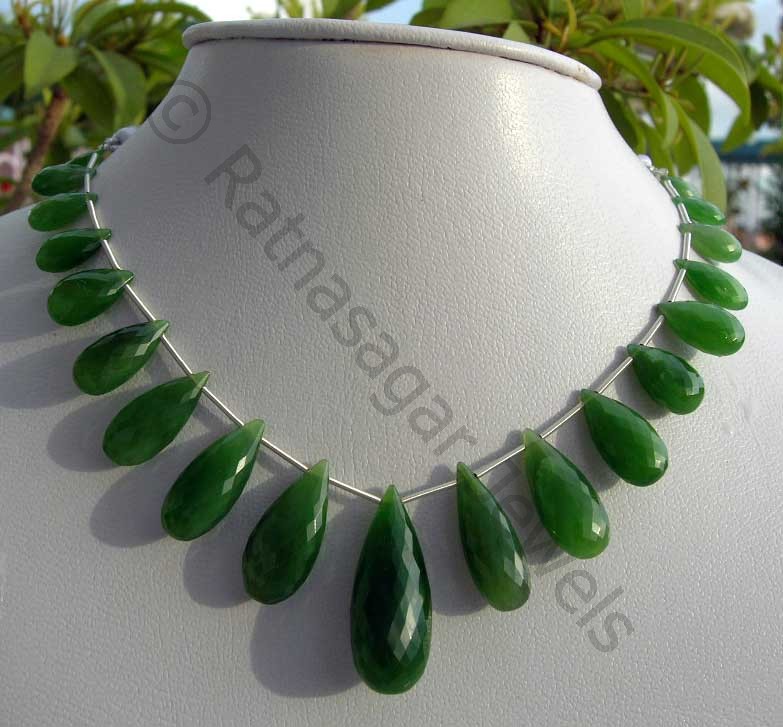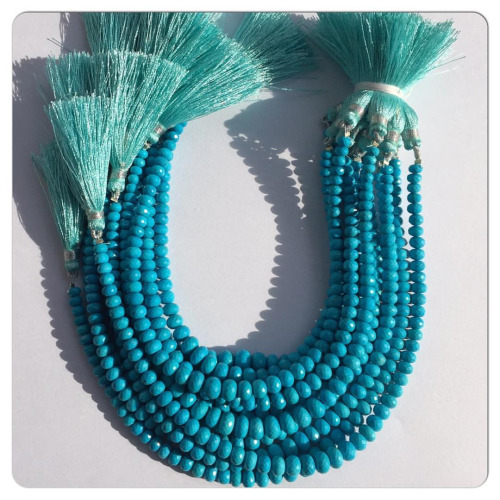Technology has made the world colourful. And we say this because of new-age gemstones making their legitimate entry into the market backed by stamp of purity, clarity and brilliance. Impregnated gemstones are flawless rocks with minimum tolerance for cracks, gaps and air bubbles. Porous gemstones are often heat treated in presence of doping agents and dyes to gain a superlative clarity and colour. A mix of chemical action and annealing gives impregnated gemstones their signature maturity.
Why do gemstones require enhancement?
Only 1 percent of natural gemstones meet the benchmark values of clarity, colour consistency and physical durability. Dealing in high priced gemstones makes enhancement process even more important.
Enhancement of gemstones is done to fill up cavities, define outlines of crystalline structure and make cutting relatively easy. Porous gemstones are hard to cut, and enhancement using resins and fillers render a degree of durability to the rocks after treatment.
Impregnation as a method of stabilization:
Impregnation turns a relatively porous gemstone into a durable item. Even the inexpensive rocks are then dyed and coloured to derive a good quality gemstone, exuding classical brilliance often displayed by traditionally precious gemstones.
Impregnated gemstones available in the market are:
They are first bleached and then impregnated to boost the clarity and shine. Dyed and impregnated jadeite are classified as D-Jade. The impregnated jades display higher refractive index, with sturdy crystalline structure.

The treated jade are detected only under high magnification IR Spectroscope.
Hardened resins and beeswax are used as fillers in treating flawed turquoise. The trademark Zachary treatment is exclusive impregnation process that involves addition of chemical fillers to semi-precious stones and then heating them in an oven. Impregnated turquoise gains a sparkling colour with a hard-wearing structure that does not chip away during cutting and machining.

Lead glass filling is rapidly making an inroad into the mainstream gemstone market. Despite its notoriety as a hybrid process, rubies and sapphire gemstone with major flaws are increasingly added with lead glass fillers. The accepted percentage of impregnation is less than 30 percent.
A very popular coating process, black onyx derives its signature shade from the lacquer and silica polymer impregnation.
Techniques to identify impregnated gemstones:
Spotting and inclusions are visible under high magnification spectroscopy. The colour concentrations also vary for an impregnated gemstone.
Some fillers light up exhibiting florescence when exposed to rays which appear distinct from the host stone surface.
Fillers and host gemstone structure have distinct heat zones when exposed to higher temperatures.
Gemstones impregnated with balsam and cedar oil exude a signature odour when exposed to high temperature. It is a ballpark method though.
Conclusive results are obtained through X-ray diffraction and Raman Spectroscopy, but they involve very high cost of operation.
All gemstone regulating organizations like GIA, AGTA and CIBJO ensure that consumers get quality gemstones, and not compromised rocks.
e564b2d5-c85c-4c2f-aa6f-86484be0c5b8|0|.0|27604f05-86ad-47ef-9e05-950bb762570c
Tags
: Nephrite Gemstones . Turquoise Gemstone beads . Turquoise Gemstones . sapphire gemstone . Black onyx Gemstone